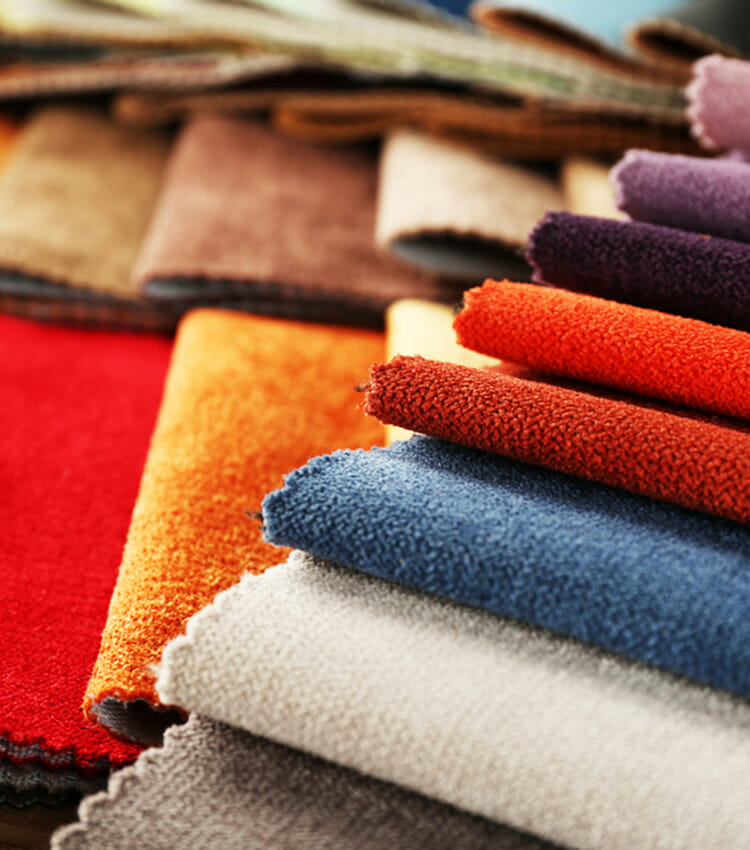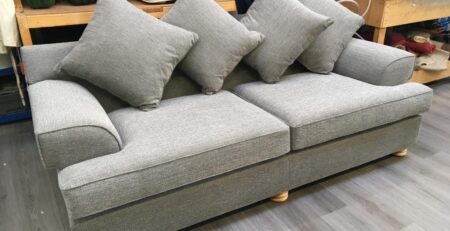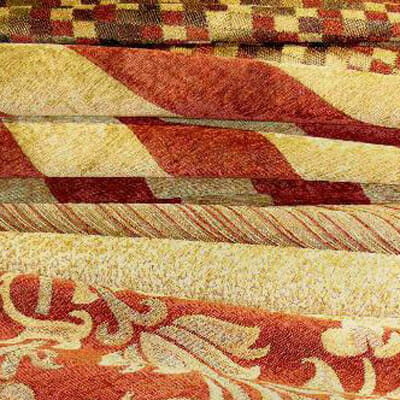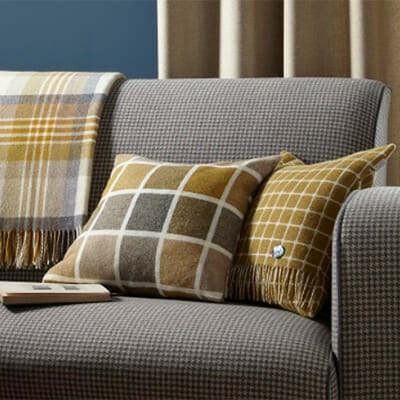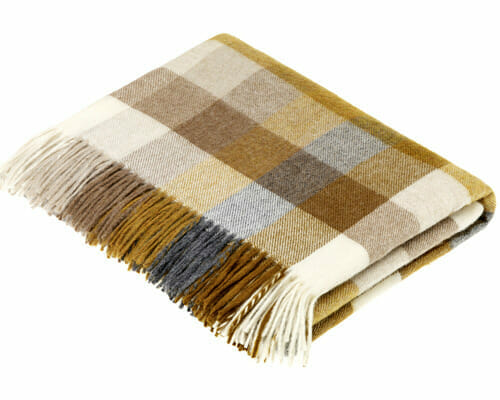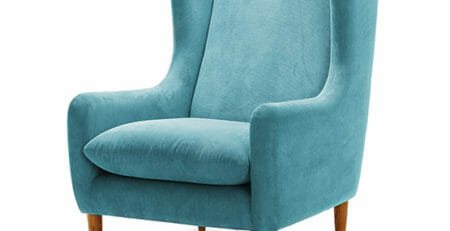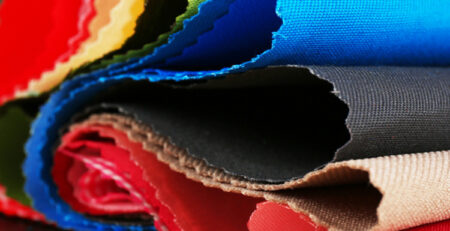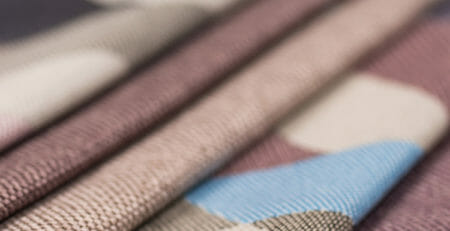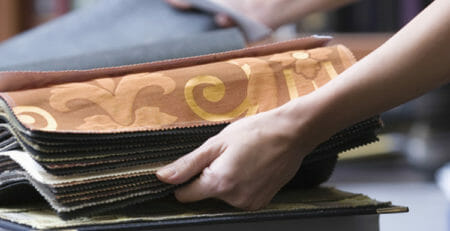A Guide on How to Choose the Right Upholstery Fabric for Your Home
Covers, springs, stuffing’s and lines and coverings, linings, webbing… The list is endless. Covers, linings, springs, webbing… many kinds of upholstery products including sundries and fabrics you’ll encounter – even on a very basic level. The options can be interminable and daunting, so I thought it would be helpful to go over the fundamentals. Selecting the best materials is an essential an aspect of creating a flawless final.
Arm chair , ready to be reupholstered with upholstery materials and sundries
Linings
Calico
It is, perhaps, the most common upholstery liner. The use of calico prior to your top fabric will mean you can test the tension, practice cutting and test the comfort of your work. It also assists in keeping the dust off of the seats and extend the lifespan of your upholstery. In short, lining the seat with the calico provides a better look to your furniture.
Hessian
Hessian is used in pretty almost all upholstery projects, both traditional and modern. It comes in various weights and is used over springs , backs, arms and seats of small chairs. It is also utilized as a floor cloth.
Scrim
Linscrim, also known as a scrim or linen fabric is loose, open-weaved fabric that is used to make traditional upholstery. The fabric is extremely strong and yet delicate It is utilized on one of the layers of stuffing.
FR barrier cloth
This wool felt interlining can ensure that your upholstery is in line with latest British Standards. The wool/felt blend is naturally fire-resistant and is not treated with chemicals and can be employed as a barrier material underneath a fixed upholstery fabric which is not fire-resistant. The lining is placed over the fabric of upholstery and the furniture base to ensure it is in line with British Standards. However, be aware that it isn’t suitable for all fabrics. Based on the composition of the fabric the fabric may have treatment by the vendor separately in order to make them fire-proof.
Bottom liner or bottom cloth
A 50/50 polyester / cotton fabric is applied to the seat base when a cushion is utilized and/or on the back of the chair, to keep it neat and create dust barriers. It also hides the inside of the piece to give a professional look.
Webbing
Webbing is the base of all high-quality, comfortable furniture. The strong, tightly weaved fabric is utilized to support seats, backs and arms of chairs. I’ve listed the major types below.
Webbing in white and black
Also referred to as English webbing, or herringbone, this high-quality upholstery webbing is made of cotton and jute in a robust weave of twill. It’s ideal for seating or projects that require sturdy support.
Jute webbing
Not as durable than herringbone weave, this is stretched across the back, arms and the wings of furniture frames.
When shopping for supplies upholstery make sure you visit advancedupholstery.co.uk
Elastic webbing
Elasticated webbing comes in different strength levels, allowing you to select the right tension for your needs (i.e. to be used as the seat of a chair or chair back, or arm). Its versatility means it is able to be made with a soft or firm support or feel, based on the preference you have.
Pirelli webbing
Pirelli webbing is constructed of natural rubber. It is secured with wooden dowels or clips that are usually set to grooves. It is also possible to fix it directly to a rail using staples or tacks in the absence of grooves. Pirelli webbing is typically utilized on furniture manufactured by Ercol.
Springs
Sofas and chairs will never be complete without springs in the cushions that give them their ease of use. Springs for upholstery are fixed beneath the seat, and occasionally in the back, and on the arms to cushion the cushions.
Cone springs
Cone Springs are used throughout upholstery as well as high-end contemporary furniture.
There are a variety of types of gauges (thickness) of wire that you can choose from based on your task:
9 gauge (3.65mm) is used to create chairs and sofas.
10-gauge (3.25mm) can be used to make small chairs, dining seats , and sofa backs.
The 12 gauge (2.64mm) the most thin, is the one used for armrests on chairs and sofas.
Zig Zag springs
Zig-zag seat springs are commonly used to create modern chairs and sofas.
Tension springs
A plastic Coated Tension Springs are commonly employed for Parker Knoll furniture amongst other kinds of chairs.
Stuffings
Foam
Upholstery foam is a collection of polyurethane flexible materials of various thicknesses and grades that are available in sheets beginning around one-quarter” inches (quarter). It is available in various colors, which indicate the various densities.
Chip and blue foam are the most dense and toughest, which makes ideal for footstools as well as headboards. As the foam reduces in density , making it less durable. Density of foam is among the primary factors determining the durability and comfort of your home.
Hair with rubberized texture
A mixture of Coir (coconut the husk) naturally latex and horsehair, set into rubber to create sheets one inch thick.
Coir fibre
Coir, also known as coconut fiber is a naturally-occurring fibre that is extracted from the outer husk of a coconut. It is ideal for the initial stuffing layer. It is also used to fill the seats and armrests in traditional furniture.
Animal hair
The most frequently used hair in upholstery is currently 100% natural animal hair (80 20% pig, 20 percent horsemane). It’s extremely soft and pleasant to work with and ideal for the 2nd coat of stuffing.
Polyester wadding/Dcron
The cotton wool that is synthetic comes in sheets available in 27″ or 54″ widths, and comes in a range of weights. The more weight you use and the greater the thickness of the wadding. It can be used at the smallest amount as a skin-wadding between the top and lining fabric or even over furniture prior to applying the top fabric. It’s also used to wrap around foam cushions.
Cotton wadding
The white cotton felt can be described as a mixture composed of natural wool layered with cotton felt, which is also referred to as white flock or white felt. It is utilized to make arm and seat padding and wrap-around spring cushion interiors and also as the final padding layer to keep horsehair or fibre filling from passing through. It is utilized in the majority of antique furniture restoration.


